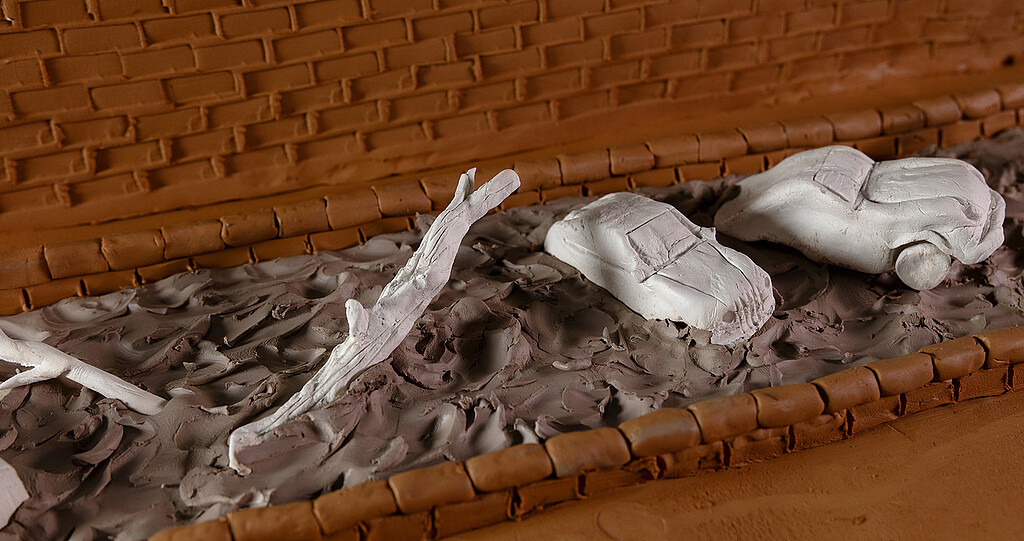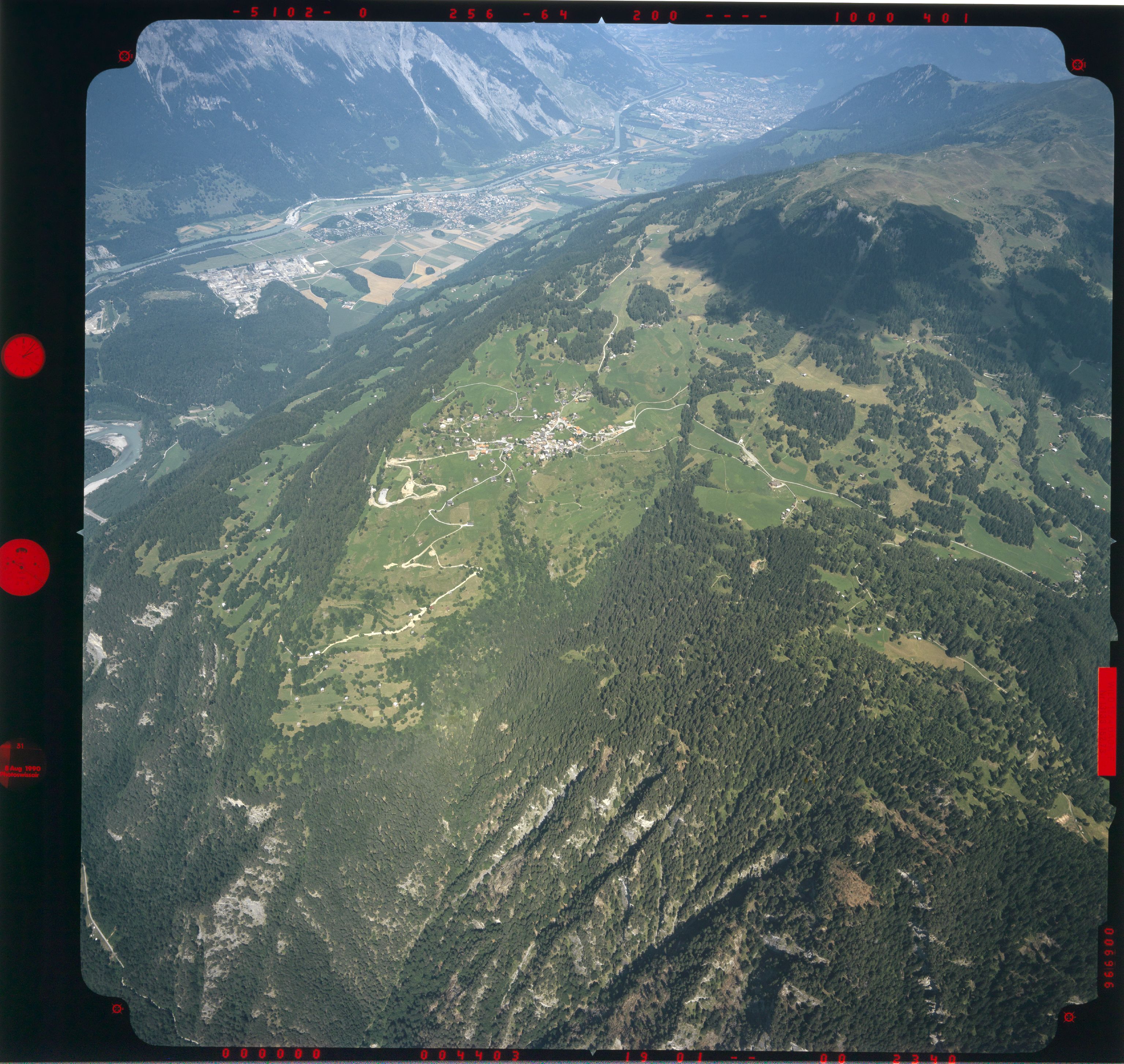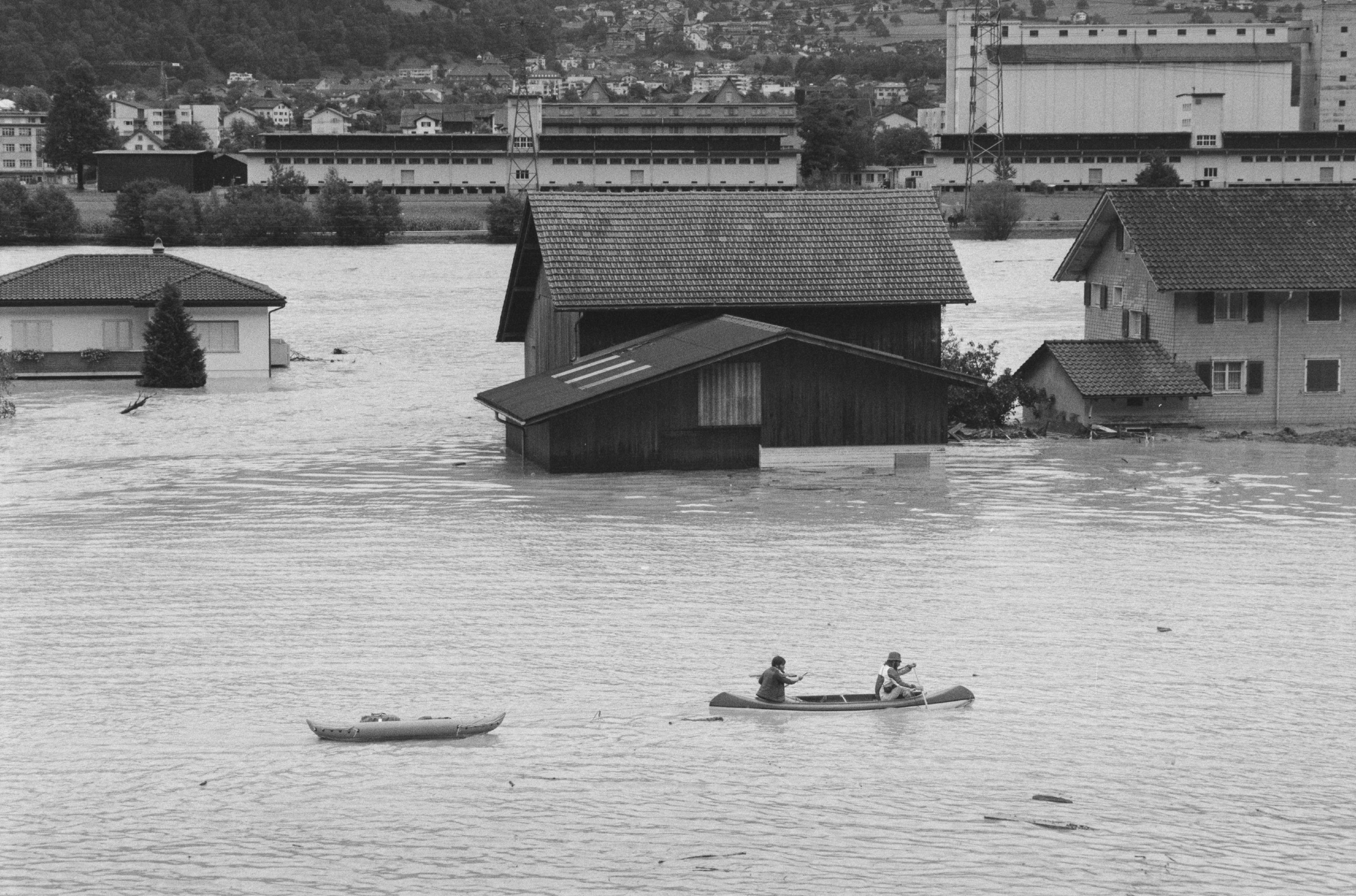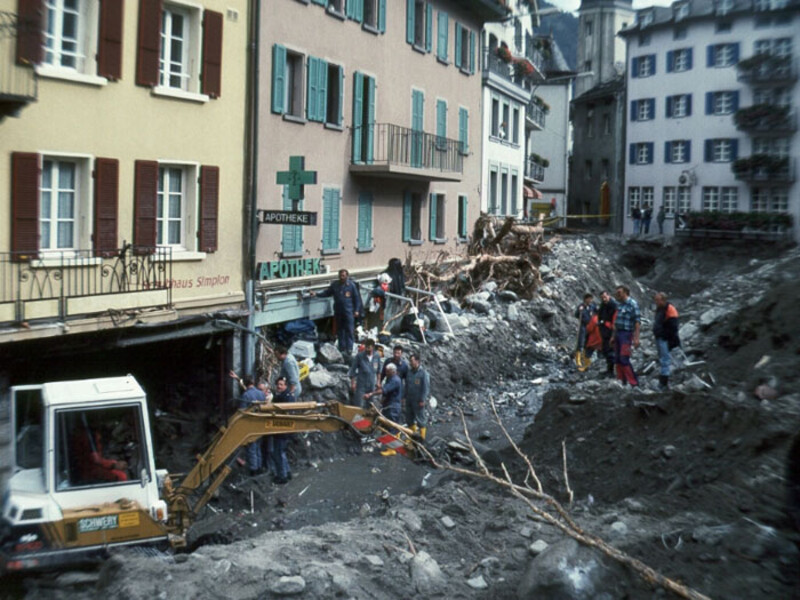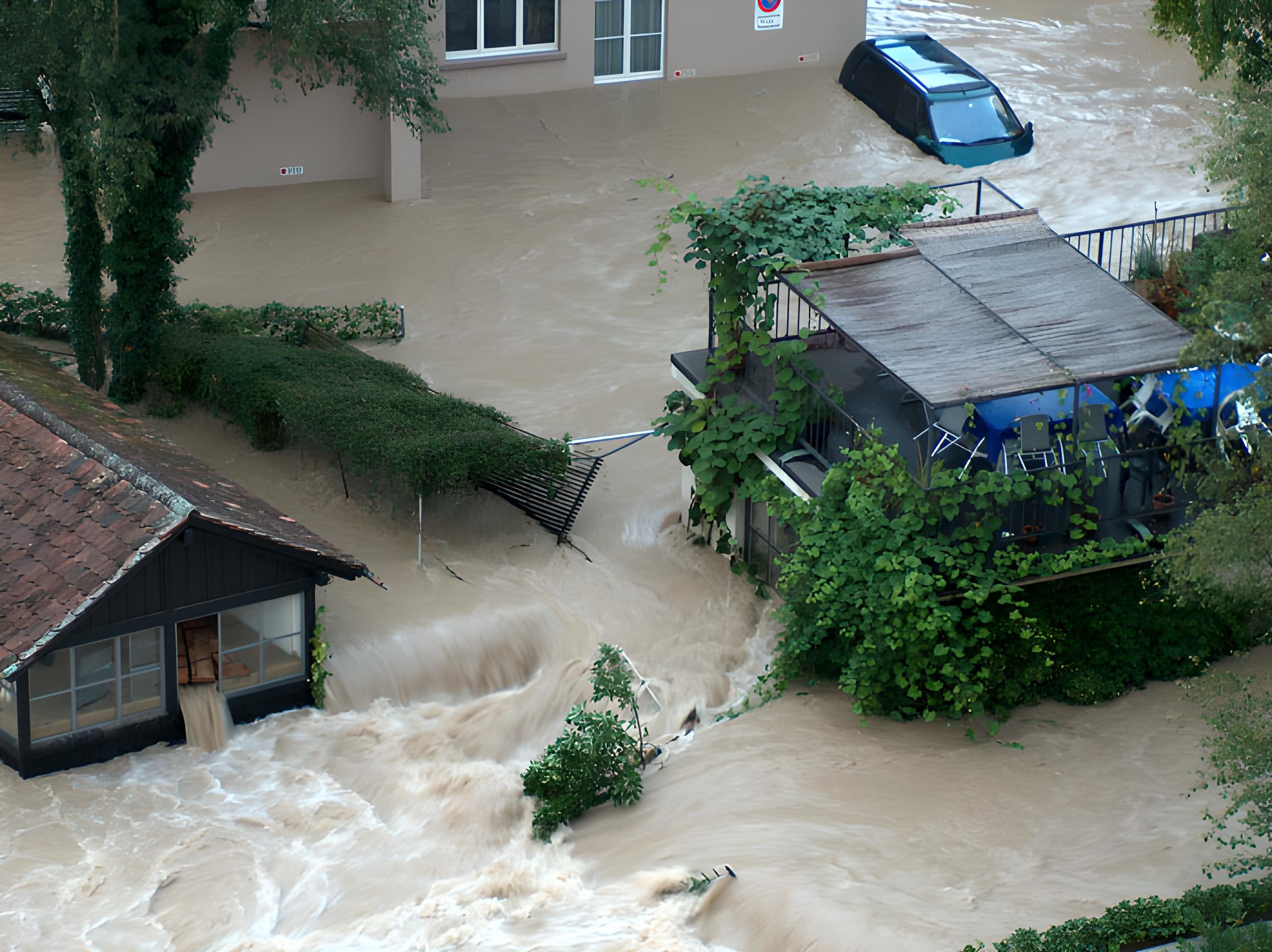Floods and debris flows - even before storms and hail - are the natural hazards that repeatedly cause the most property damage in Switzerland each year. Since the middle of the 19th century, much has been done to protect against flooding. However, with the increasing population density and the more frequent occurrence of thunderstorms and heavy rainfall due to climate change, the vulnerability remains.
Alerting
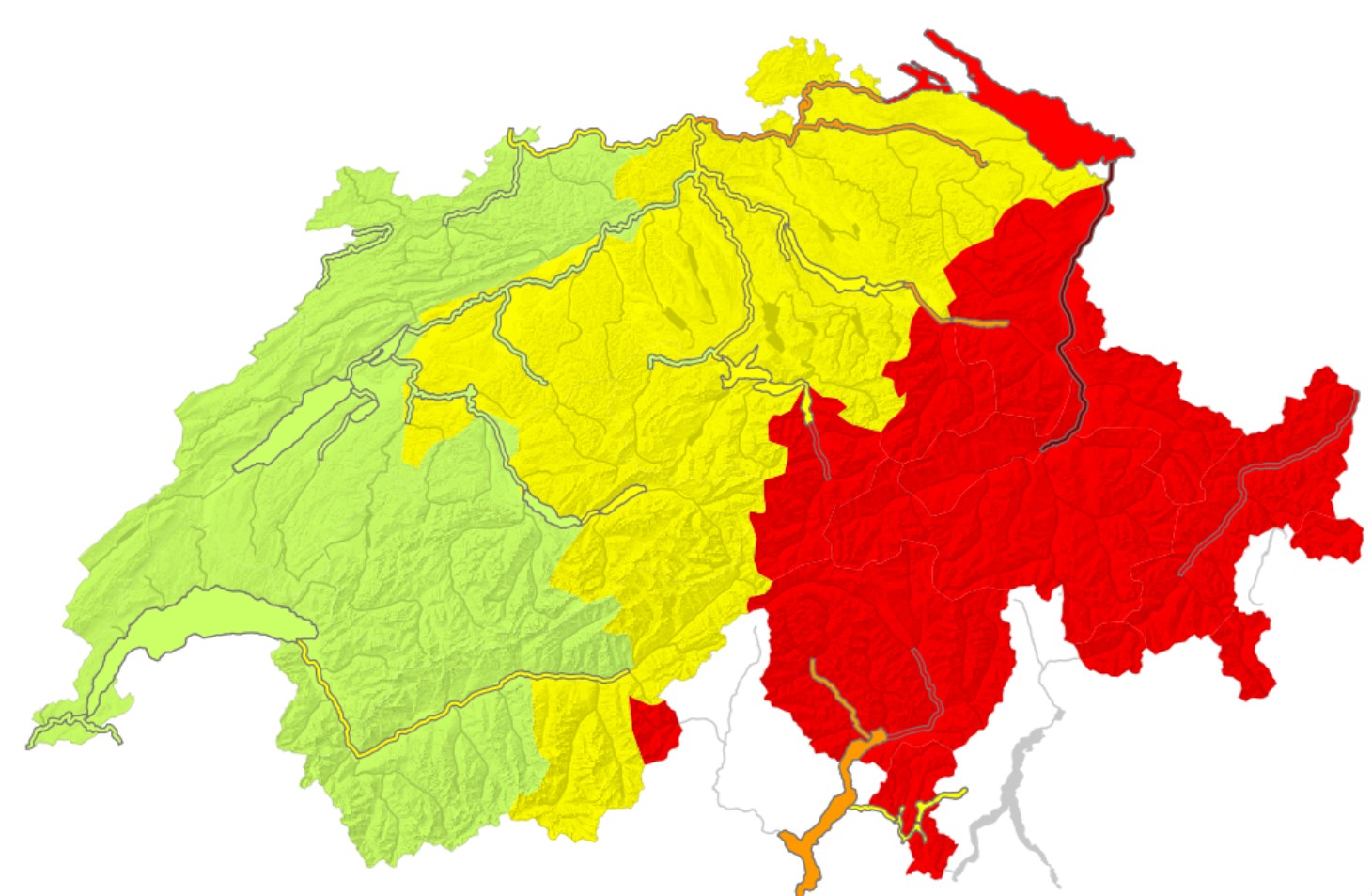
Floods are often caused by various factors, which can also occur in combination: heavy or prolonged rainfall, snowmelt, large volumes of water and debris, erosion and sedimentation. Floods and debris flows (swelling mountain streams that carry debris and earth masses) have caused damage totalling over CHF 13 billion since 1972.
The floods of 2005 revealed the limits of technical protection measures and heralded a turnaround. Just one week after the storm disaster, the Federal Council launched the Optimisation of Warning and Alerting in the Event of Natural Hazards (OWARNA) project. In collaboration with PLANAT, the project analysed which measures contribute to the reduction and management of such emergencies.
Specifically, the federal government has improved the forecasting models, standardised the warning and hazard levels and optimised alerts in the event of extreme weather events. In 2014, the ‘Natural Hazards Portal’ warning platform was created for the population.
Increase in hazard
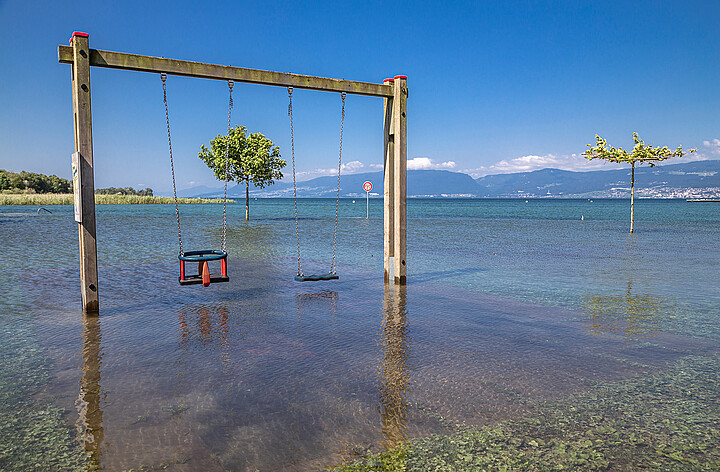
Increasing risk of flooding
Climate change is having an impact on the risk of flooding: According to current climate scenarios, Switzerland will experience increasingly frequent and intense heavy rainfall. Glaciers will also continue to melt. The risk of flooding and debris flows will increase in future.
Effective measures
Effective measures
Various bodies are involved in protecting against floods and debris flows: cantons and municipalities with spatial planning and organisational measures. But also homeowners with structural measures or the design of the terrain. The federal government makes personal recommendations on how individuals should behave before, during or after a flood. Examples of measures include
Technical measures
- Maintain watercourses and existing protective structures
- Provide retention measures (flow regulation, retention areas and basins, debris collectors)
- Increase channel capacities (dams, widening)
- Divert and redirect flood peaks (overload corridors)
- Implement measures for bed load management and balance
- Stabilise banks and riverbeds
- Protect buildings and structures
Widened Ticino around Bellinzona
The River Ticino was straightened and canalised at the end of the 19th century to make the land arable. Over the years, the river bed eroded, the protective embankments were damaged and the risk of the plain being flooded increased. Today, the river is being given more space again. The ‘Parco fluviale Ticino Boschetti e Saleggi a Bellinzona’ project serves not only to protect against flooding, but also to promote biodiversity and provide a recreational area.
Cascade of natural hazards
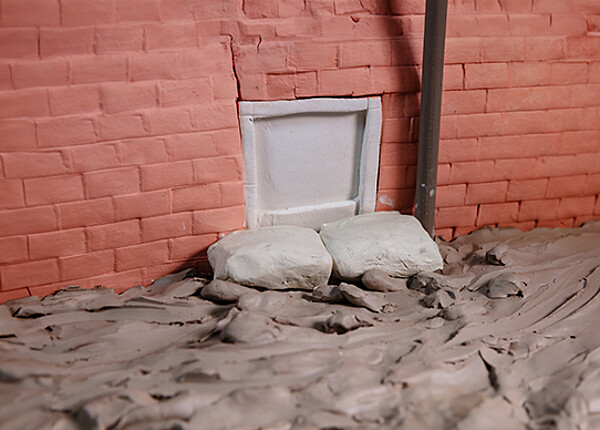
Surface runoff
In addition to flooding, thunderstorms and heavy rainfall can also cause surface runoff.

Landslides and hillslope debris flows
Thunderstorms and heavy rainfall often lead to landslides.
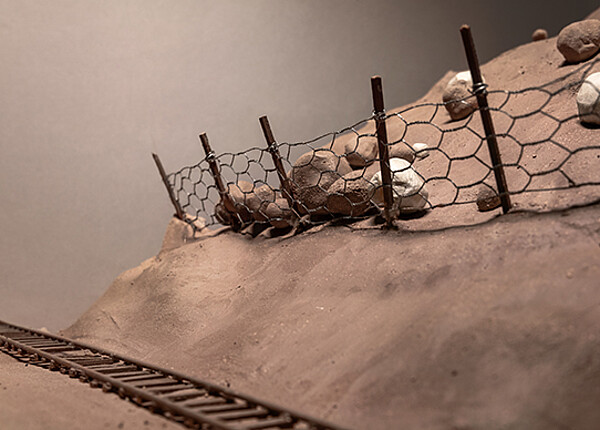
Rock and landslide
Thunderstorms and heavy rainfall can cause rockfalls and even rockslides and landslides.

